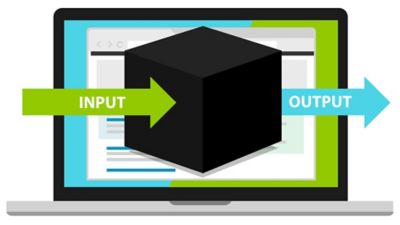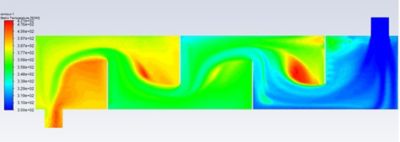-
United States -
United Kingdom -
India -
France -
Deutschland -
Italia -
日本 -
대한민국 -
中国 -
台灣
-
Ansys는 학생들에게 시뮬레이션 엔지니어링 소프트웨어를 무료로 제공함으로써 오늘날의 학생들의 성장을 지속적으로 지원하고 있습니다.
-
Ansys는 학생들에게 시뮬레이션 엔지니어링 소프트웨어를 무료로 제공함으로써 오늘날의 학생들의 성장을 지속적으로 지원하고 있습니다.
-
Ansys는 학생들에게 시뮬레이션 엔지니어링 소프트웨어를 무료로 제공함으로써 오늘날의 학생들의 성장을 지속적으로 지원하고 있습니다.
ANSYS BLOG
October 18, 2019
What is a Reduced Order Model and What’s Its Product Development Role?
Reduced order models (ROMs) are simplifications of high-fidelity, complex models. They capture the behavior of these source models so that engineers can quickly study a system’s dominant effects using minimal computational resources.
ROMs have become popular in the product development industry because engineers are facing market demands for shorter design cycles that produce higher quality products.

Reduced order models can be used to reduce computational resources, obfuscate proprietary models and speed up development cycles.
ROMs can be used to simplify various models from full 3D simulations, systems simulations or embedded software. As a result, engineers can use them to:
- Optimize product designs
- Create larger systems simulations
- Test control software
- Create digital twins
- Create Internet of Things (IoT) devices
- Enable non-experts to use simulations
How to Create a Reduced Order Model Using Response Surface Models
ROMs can be used to model various static, transient, linear and nonlinear systems. Specifically, response surface models (RSM) are a great tool to capture the behavior of static linear systems.
To create an RSM, engineers need to map the output parameters of a model based on the inputs to that model.
To do this, engineers can create a design of experiments (DOE) using Ansys DesignXplorer. The DOE determines a series of design points that need to be tested in Ansys Fluent.

Engineers can use Ansys Fluent to create a reduced order model by mapping out a response surface model.
To create the RSM and ROM, the software uses advanced algorithms to predict the response between the simulation runs. The ROM can then be exported, in industry standard formats, to other platforms.
To learn how to create ROMs in detail, watch the webinar: Reduced Order Models (ROMs) for Simulation Democratization and Digital Twins.
How Reduced Order Models Improve Product Design
Engineers can use ROMs to reduce the time it takes to optimize and study a complex system. For instance, Fluent can use ROMs to explore design alternatives in the blink of an eye.

Ansys Fluent evaluates complex reduced order models (ROM) to explore design alternatives. For a cross flow heat exchanger, the ROM capability provides a solution for each design point in as little as a second. A full simulation, however, could take over two hours. ROMs can be post processed and evaluated in Ansys Fluent to gain insight beyond the numerical output previously available.
In fact, a full 3D computational fluid dynamic (CFD) study could take hours to simulate. However, by capturing the fidelity of the 3D model using a ROM, Fluent can assess a design in seconds.
As a result, engineers can use ROMs to reduce development cycles, shrink research budgets, get to market faster and limit computational resources.
To learn how reduced order modelling complements 3D physics simulations, watch the webinar: Reduced Order Modeling - Complementing 3D CAE.
Or get a free trial of Ansys Fluent.










